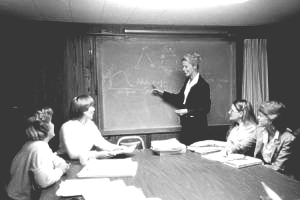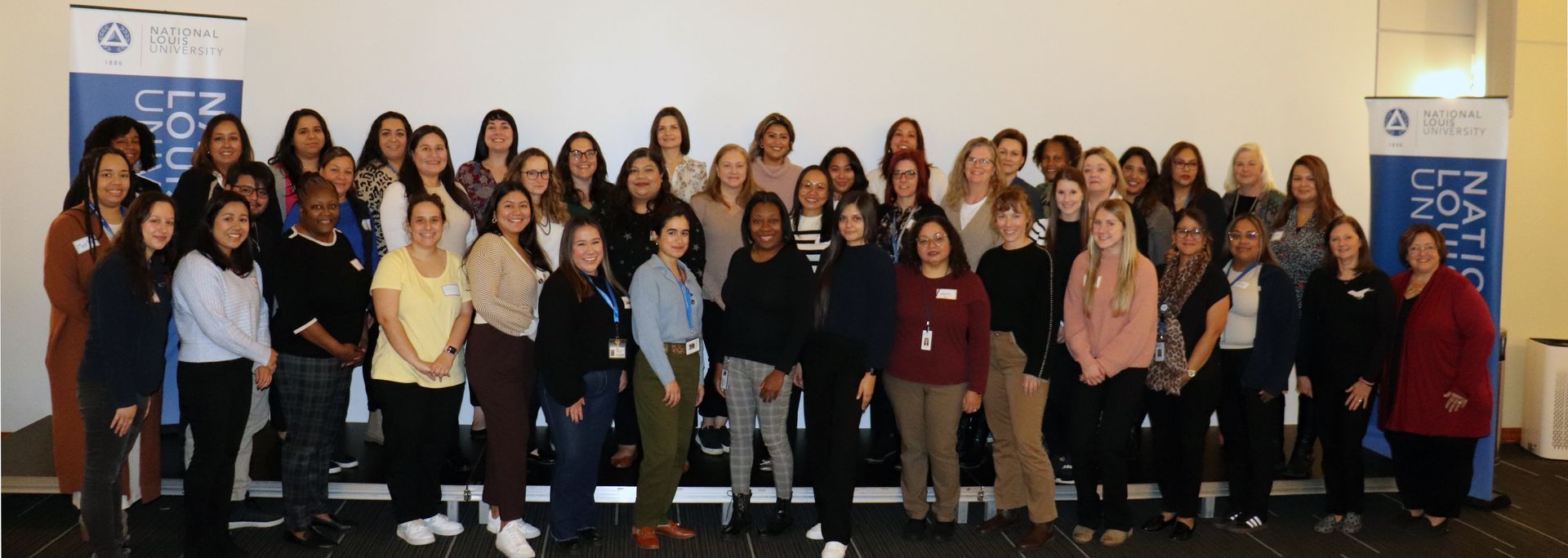BY Robyn Kelton | September 3, 2019
“Know your worth and then add tax.” ~ Anonymous
I love this phrase and I think it’s especially valuable to the family child care community. As a field, I think family child care providers are woefully underpaid and underappreciated for their work as educators, caregivers, and entrepreneurs. But to me, the Business Administration Scale for Family Child Care (BAS) is a tool that empowers providers to know and claim their worth—including the tax. Threaded throughout the BAS are many indicators of quality that support family child care providers as they reflect on and evaluate the value of their work and explore how that value is represented in their business and professional practices.
For example, in Item 2, Income and Benefits, indicators 1.1 through 7.1 address the practice of increasing current fees or introducing new fees. At the minimal level, “the provider has increased or added a new fee charged to families within the last three years.” At the excellent level of quality, the practice of increasing a current fee or introducing a new fee has occurred “in each of the last three years.” On the surface this may not seem like it has anything to do with the value of family child care, but when you step back, you start to see that these indicators are also examining how a provider is compensated for all the work they do for children, families, and society at large—the research of García, Heckman, Leaf, and Prados (2017) suggests that the return on investment for high-quality child care is 13%. If we value the work providers do, we should make sure their business practices and income reflect that. This does not mean providers should raise fees by some extraordinary amount overnight, but what it does suggest is that providers be intentional in making sure their income increases every year the same way the costs they pay to run their businesses increase.
Another example of this value in the BAS can be seen in Item 9, Marketing and Community Relations, indicator 5.3. This indicator reads, “the provider’s credentials and/or evidence of attendance in training are displayed (e.g., bulletin board, portfolio).” Picture the last time you were in a doctor’s or lawyer’s office—what did the environment look like? Most likely their walls were decorated in credentials and other items demonstrating an expertise in their particular field. In a sense, if the walls could talk they would be saying “this is what you are paying for.” Why shouldn’t providers display their expertise to visitors and potential clients in the same way? If we want society to recognize that caring for and educating children is a science, realize that play is learning and development, and value high-quality family child care, we need to market its worth. What trainings have you participated in that give you specialized knowledge and skills related to child development or small business management? Are you a member of a family child care association or formal network of providers that gives you access to training and resources to support the quality of care you deliver? Is your program accredited by the National Association for Family Child Care (NAFCC) or have you participated in your state or local quality rating and improvement system (QRIS) that shows your commitment to high-quality care? Do you have degrees that demonstrate the level of formal education you have achieved? If so, start sharing it! Providers should proudly display their accomplishments and use this as an opportunity to communicate their worth to those who enter their business.
Society may be far from truly valuing family child care at the level it should, but the BAS offers providers ideas to help them implement and improve practices that communicate their worth.
If you are interested in receiving training on the BAS, the McCormick Center for Early Childhood Leadership offers several opportunities including an upcoming BAS Reliability Training, October 15-18, 2019. More information can be found here: https://mccormickcenter.nl.edu/events/business-administration-scale-bas-reliability-training-4/.
References
García, J. L., Heckman, J. J., Leaf, D. E., & Prados, M. J. (2017). Quantifying the Life-cycle Benefits of a Prototypical Early Childhood Program, Retrieved from https://heckmanequation.org/www/assets/2017/12/abc_comprehensivecba_JPE-SUBMISSION_2017-05-26a_sjs_sjs.pdf
Talan, T. T. & Bloom, P. J. (2018) Business Administration Scale for Family Child Care (2nd ed.). New York: NY: Teachers College Press.
Robyn Kelton, M.A., is a Quality Training Specialist for the McCormick Center for Early Childhood Leadership at National Louis University. Robyn conducts training and research on the Business Administration Scale for Family Child Care (BAS) and the Program Administration Scale (PAS) and serves as a national reliability anchor for both tools. In addition, Robyn reviews BAS and PAS assessments for the assessor certification system. Robyn holds a Bachelor of Arts degree in Psychology from the University of Kansas and a Masters of Arts degree in Psychology with an advanced certificate of study in Organizational Psychology from National Louis University. Robyn is currently a doctoral student in the cognitive and brain sciences psychology program at the University of Kansas. Prior to joining the McCormick Center, Robyn spent three years as a lead teacher in a kindergarten classroom for an after-school program. Robyn is co-author of the report, Who’s Caring for the Kids? The Status of the Early Childhood Workforce in Illinois—2008.






